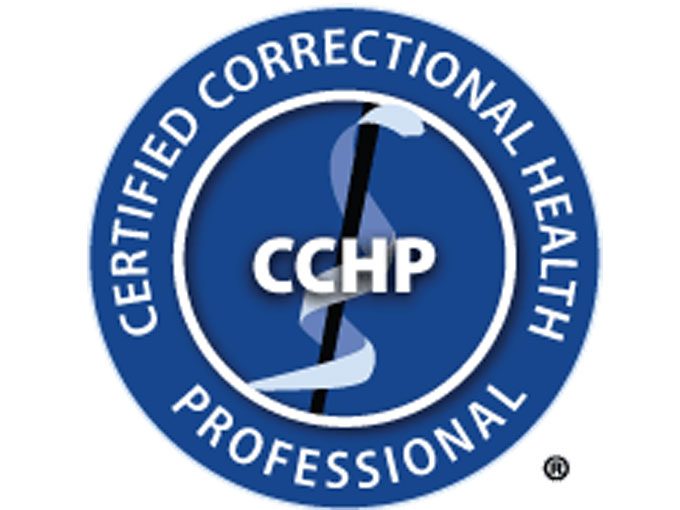
Standards Q&A: Documenting Nonemergent Health Care Requests
What touchpoints should we document for nonemergent medical, dental, and mental health care requests?
Home Leading in Difficult Times: Funding Challenges and Partnerships
 May 5, 2021
May 5, 2021Part 1 of a conversation with Esmaeil Porsa, MD, MPH, MBA, CCHP-P, CCHP-A, Ron Charpentier, MBA, and Kevin Counihan, moderated by Brent Gibson, MD, MPH, CCHP-P.
Dr. Gibson: We face a lot of uncertainty regarding state and local government funding. Correctional health care is not always at the top of the list of things to fund. How do we meet this challenge?
Mr. Charpentier: When economics are an issue in the corrections industry, or in any health care setting, reducing appropriate patient care is not an option. During lean times, we as health care leaders need to figure out how to be good partners while participating in what likely will be facility-wide cost reduction efforts. We need to find ways to reduce health care spending while still meeting our mission of quality care. Too often we have tunnel vision, over-focusing on contract compliance and corrective action plans. When we limit ourselves in this way, we become overly reactive. To innovate, we need to become much more proactive, and that means going outside of our comfort zone.
Let me share three examples that have the potential to improve quality of care while also providing cost savings. First is emergent technology to better identify suicidal behavior and improve the effectiveness of suicide watch. Second is the use of telehealth for subspecialty medicine to improve chronic disease management within our facilities and eliminate the cost of security and transport. And third is finding new ways to better manage hospital stays.
Mr. Counihan: It is of course important to learn from the challenges we are presented with and to plan for the future. In many ways, the coronavirus presents an opportunity to reexamine the appropriateness of how correctional care is funded. Is doing so on a state-by-state basis the best way? Is it the most efficient, the most equitable? These are important questions.
Dr. Porsa: I absolutely believe that in every crisis, there’s an opportunity. And it really does fall on us as leaders to identify those opportunities and take advantage of them. This is a great time for us to get rid of our blind spots and identify where we can develop partnerships – both within our organizations and externally, with the county health department, the city health department, and community-based organizations. We don’t have to do everything alone. What are some opportunities we can collaborate on? A few examples that come to mind are lab testing for sexually transmitted diseases, as well as more complex things like training and education.
Another innovation in the age of COVID is telehealth – virtual care inside correctional health settings – for both primary care and specialty care, which reduces costs in terms of transportation and custody. One thing we are excited about is the possibility of conducting shared medical appointments. Instead of one patient per physician, you have a physician and five or six or 10 patients with like diseases who agree to participate in a shared visit.
Check back next week for more from the “Leading in Difficult Times” series.
Esmaeil Porsa, MD, MPH, MBA, CCHP-P, CCHP-A, is president and chief executive officer, Harris Health Systems; Ron Charpentier, MBA, is vice president of health services, CoreCivic; Kevin Counihan is senior vice president of products, Centene Corporation; by Brent Gibson, MD, MPH, CCHP-P, is NCCHC’s chief health officer.


